
Most people assume that a knife is sharp—or sharp enough—as long as it does its job easily. But a sharp knife does far more than the basics. It can elevate your kitchen skill, speed and the quality of the food you prepare. As knives dull slowly, over time, how to tell if a knife is sharp or when it needs some attention? Are there clear warning signs or things to look out for?
Whether you are a professional chef or a home cook who wants quality tools to get the job done well, it is important to know how to tell if a knife is sharp. While there are several experiments you can run, it is critical to put safety first. Never run your finger over a blade to test its sharpness; where possible, opt for testing your knives on objects, rather than your fingers or skin.
We’ve put together a few tips on how to tell if a knife is sharp:
1. Professional Knife Assessment

If you want a more definitive answer to the sharpness of your knife blade, consider having it assessed professionally by a knife sharpening company. There are several advantages to letting the pros test your knives, including safety, precision and their expertise. Look for a trusted service with plenty of experience, one that can both inspect your knives and sharpen them professionally.
2. Inspect the Knife Visually
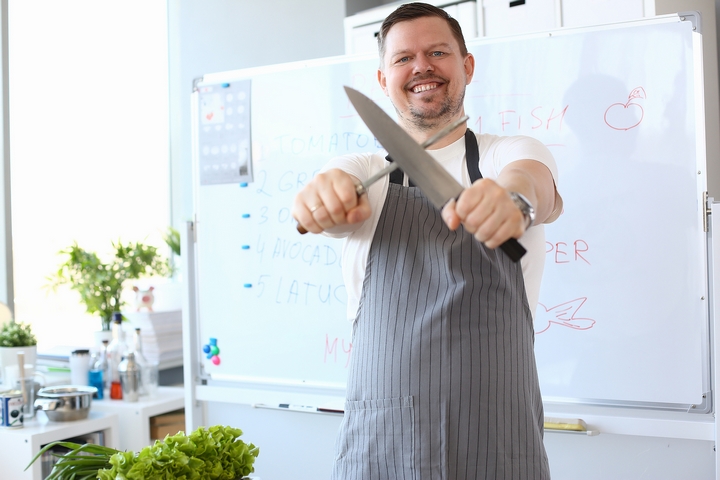
Experts agree that when it comes to knives, you can often see ‘dull’. Hold your knife straight under a light, tilt it slightly to see if the light catches along its edge. Look for nicks, chips or places the edge appears dull. These spots will usually catch the light, on close inspection. A sharp edge will appear smooth to the eye, without variations.
3. Use a Magnifying Glass
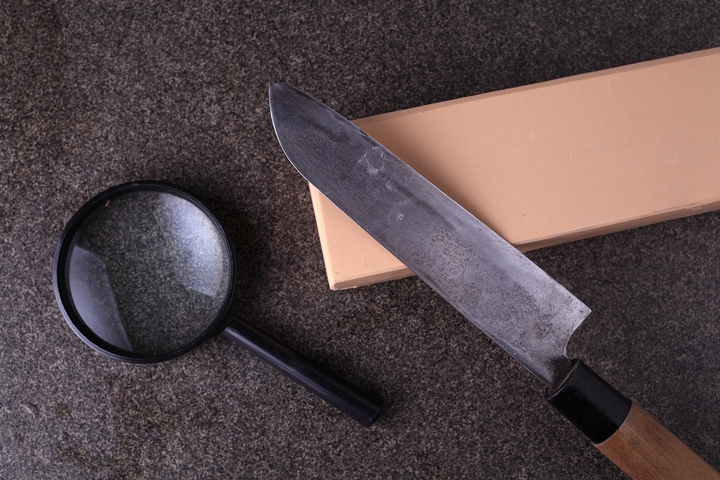
Using a magnifying glass is an interesting technique on how to tell if a knife is sharp. While visual inspection with the naked eye is one thing, you may want to examine the edge of your blade more closely. With a magnifying glass, you will be looking for a smooth edge, without blemishes.
Generally, the smoother the edge, the sharper your knife will be. Keep in mind, the stronger your magnification, the more likely you are to see the physical variations of the blade, not to be confused with nicks or scratches, caused by use.
4. Do a Vegetable Test
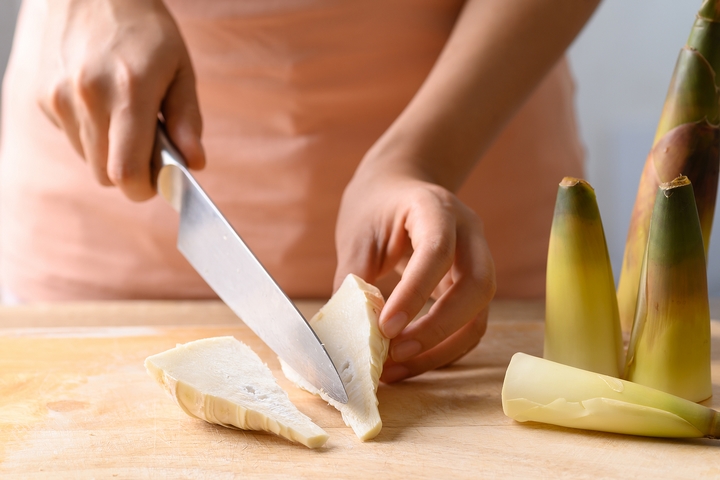
A popular way to test the sharpness of your knife is to use it with little pressure against a vegetable. For tomatoes or onions, simply rest the blade against the skin, at a right angle. With little-to-no downward pressure and no sawing back and forth, the blade will penetrate the skin if it is sharp. For a potato, a sharp knife will cut with ease and will leave a smooth surface behind.
5. Test the Knife with Paper
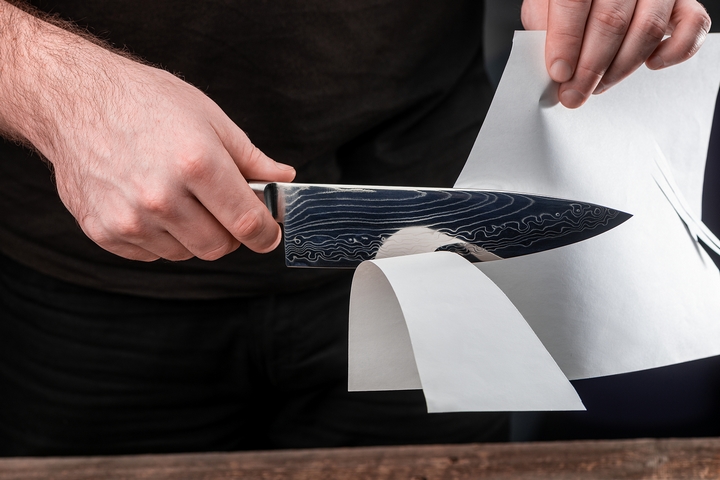
A popular way to test the sharpness of a knife is to use a paper test. To give this method a try, hold a sheet of standard paper on one side, standing on its edge. At a right angle, draw the blade downward, from top to bottom. If the knife is sharp, it will cut easily with minimal effort and without snags. If the blade catches, snags or requires effort to cut through the paper, try sharpening your knife and run the test again.
6. Sacrifice Arm Hair
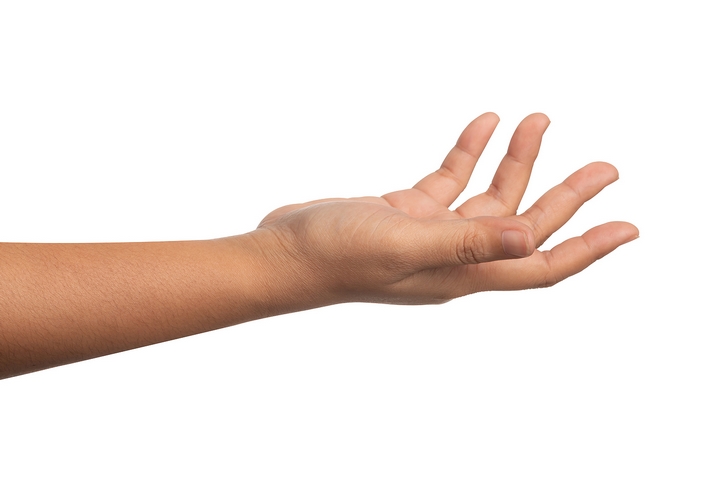
While this method can easily result in injury, some use a shave test to measure the sharpness of their knives. The theory goes that if you can easily shave the hair on your arm, your knife should be considered sharp. A dull knife would only fold hairs over. Of course, the dangers of this test are inherent; you could easily cut yourself with a very sharp edge.
7. Use Your Fingernail
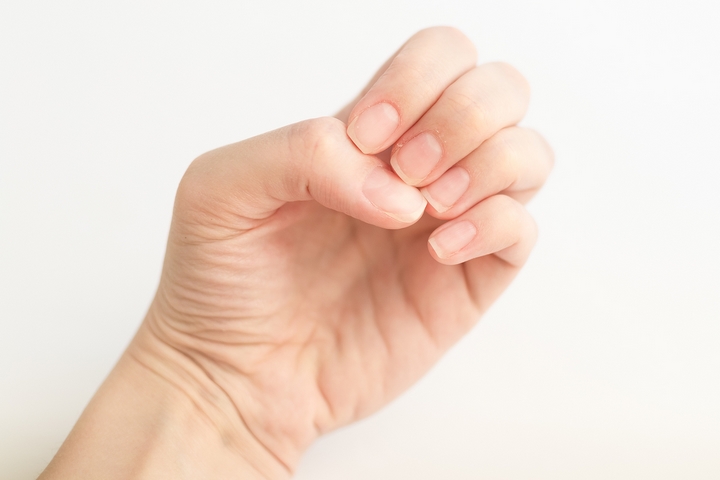
Another option to use with caution is a fingernail test. Some prefer to drag the blade across the face of a nail at a right angle—if the surface of the nail is easily roughened, the blade is likely sharp. Others prefer to test the blade along the edge of their thumbnail to see if it catches, even at low angles. Of course, one slip or a moment of too much pressure can result in serious injury. Use this method of testing your knives with extreme caution.
8. Try a Pen Test
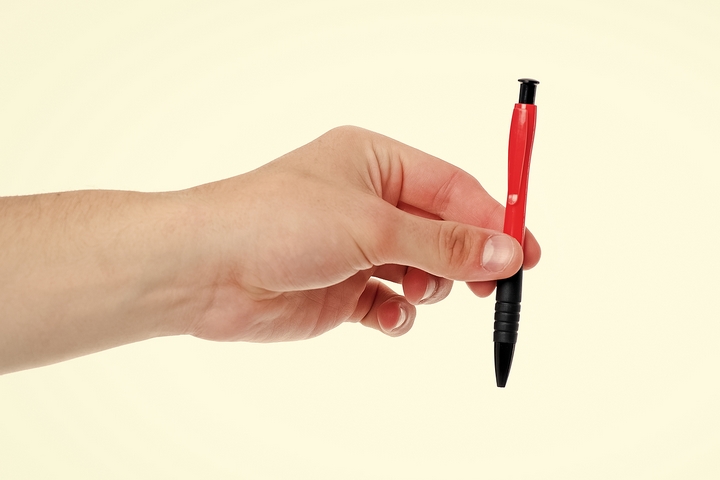
A safer alternative to using your own fingernails is to test the sharpness of your knife with a plastic pen. Simply sit your blade on a pen at approximately 15 degrees. Use only the weight of the knife itself and see if the blade catches or slips. If it slips off the pen, chances are your blade is on the dull side.
If it catches, try lowering the angle even further. The smaller the angle, on a blade that catches the plastic, the sharper it is. Again, use caution here, so you don’t slip and cut yourself by accident.
